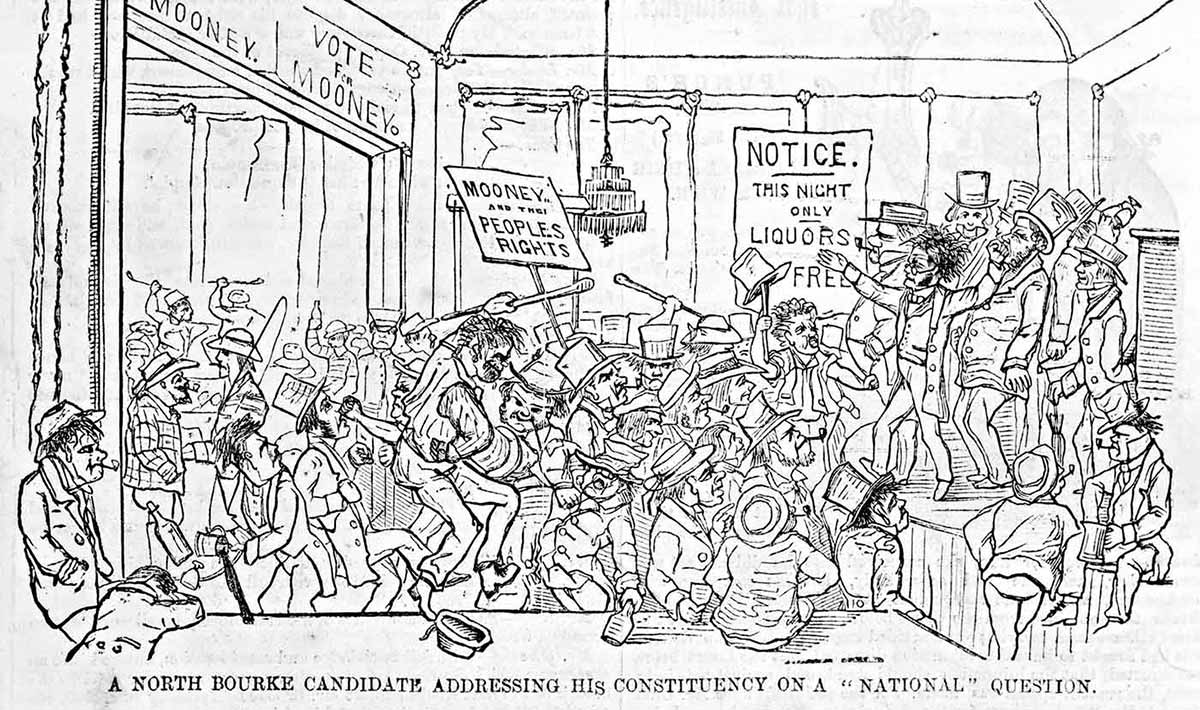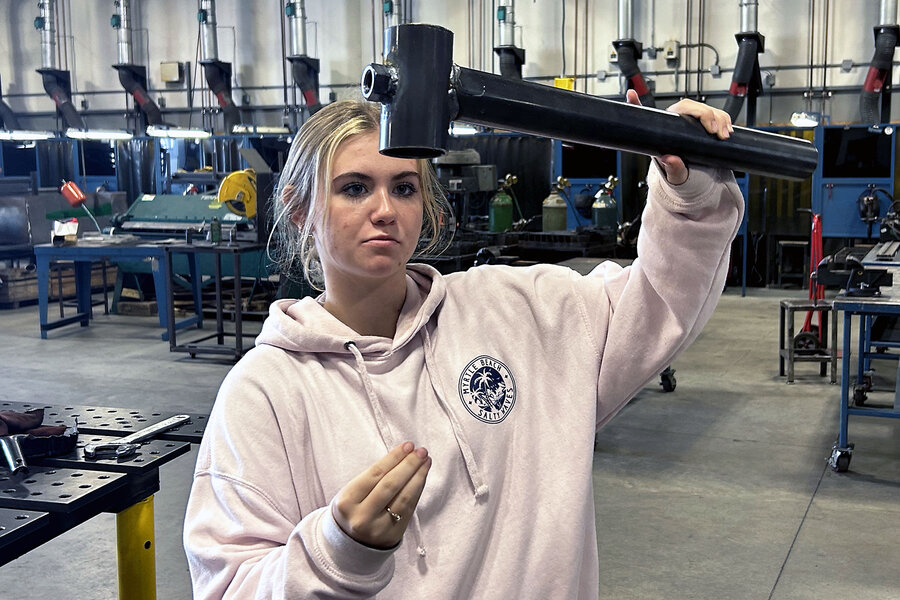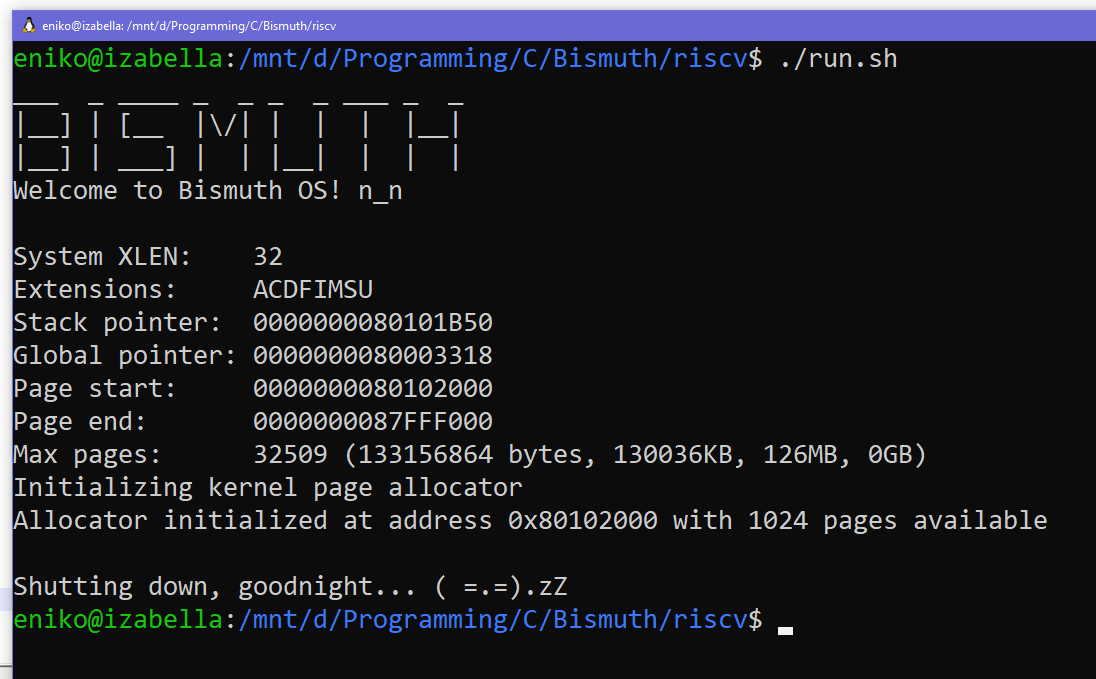
Secret ballot introduced
Demands for electoral reform were a major political issue in Australia from the 1840s and increased in intensity with the arrival of large numbers of men during the 1850s gold rush.
Reform became a reality in 1856 with the passing into law of universal male suffrage in South Australia and the secret ballot in Victoria, Tasmania and South Australia.
Other Australian states followed suit soon afterwards, and the ‘Australian ballot’ became an international precedent affecting political reform in Britain and the United States in the 1870s and 1880s.
When convict transportation to New South Wales ceased in 1840 many residents believed the colony was ready for self-rule, and demands for a new political system increased. In 1842, the British Parliament passed the New South Wales Constitution Act, which for the first time required some members of the Legislative Council to be elected.
The 1843 Legislative Council election in New South Wales was the first of its kind in Australia. Elections were rough and tumble exercises run along similar lines to those in England – where ballots were cast in full view of the assembled crowds.
















/cdn.vox-cdn.com/uploads/chorus_asset/file/25646313/STK485_STK414_AI_SAFETY_B.jpg)
/cdn.vox-cdn.com/uploads/chorus_asset/file/25749943/VRG_illo_Kristen_Radtke_bluesky_winning.jpg)



